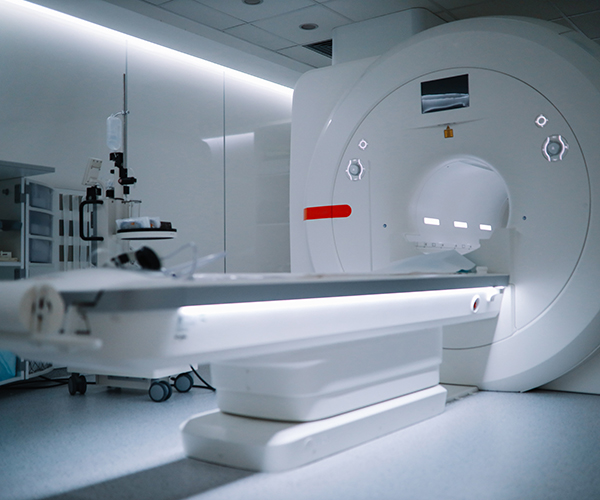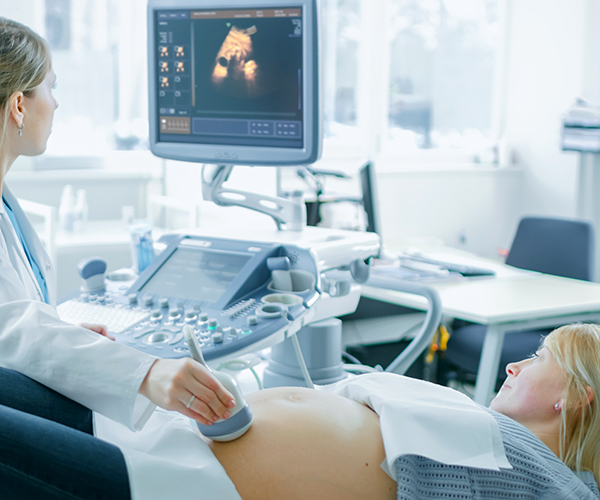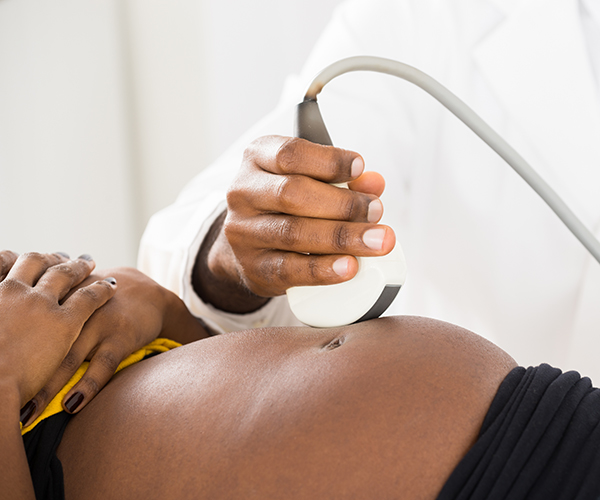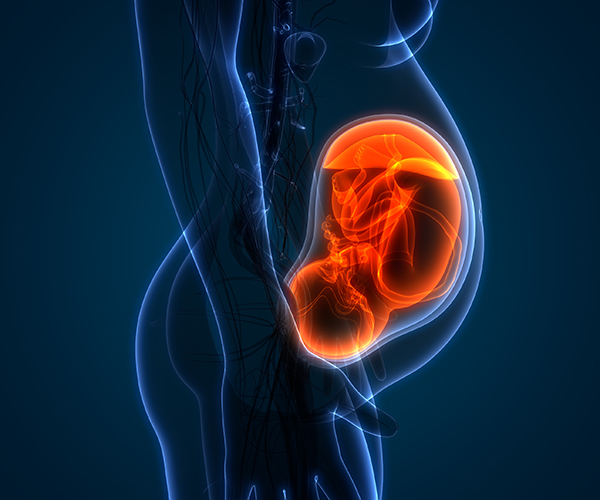Developing New Contrast Agents for Early Detection of Placenta Accreta Spectrum Disorders

- Principal Investigators: Karin A. Fox, M.D., M.Ed., FACOG; Chandra Yallampalli, D.V.M., Ph.D.; and Ananth Annapragada, Ph.D.
- Organizations: Baylor College of Medicine and Texas Children’s Hospital
- Research Focus: Developing highly sensitive liposomal gadolinium contrast agents to improve magnetic resonance imaging–based diagnosis of placenta accreta spectrum disorders.
Learn more about research on novel and safer contrast agents for early detection of placenta accreta.
Leveraging New Imaging Tools to Monitor Placental Dysfunction

- Principal Investigators: Nadav Schwartz, M.D., and Daniel Licht, M.D.
- Organizations: University of Pennsylvania and Children’s Hospital of Philadelphia.
- Research Focus: Developing novel imaging tools to detect placental dysfunction and high-risk conditions.
Learn more about research on new diagnostic imaging for placental dysfunction.
Using Wave Reflection Ultrasound to Assess Placental Function

- Principal Investigator: John G. Sled, Ph.D., M.Eng.
- Organization: The Hospital for Sick Children, Toronto
- Research Focus: Using wave reflection ultrasound for the early detection of fetal vascular malperfusion, which can lead to stillbirth.
Learn more about research on wave reflection ultrasound to detect placental disorders.
Identifying High-Risk Pregnancies with Photoacoustic Imaging of Placental Oxygen

- Principal Investigator: Liliya M. Yamaleyeva, M.D., M.S., FAHA
- Organization: Wake Forest School of Medicine
- Research Focus: Using photoacoustic imaging to measure placental or fetal oxygenation to diagnose preeclampsia, fetal growth restriction, and other conditions.
Learn more about research on the novel use of photoacoustic imaging to detect high-risk pregnancies.
 BACK TO TOP
BACK TO TOP